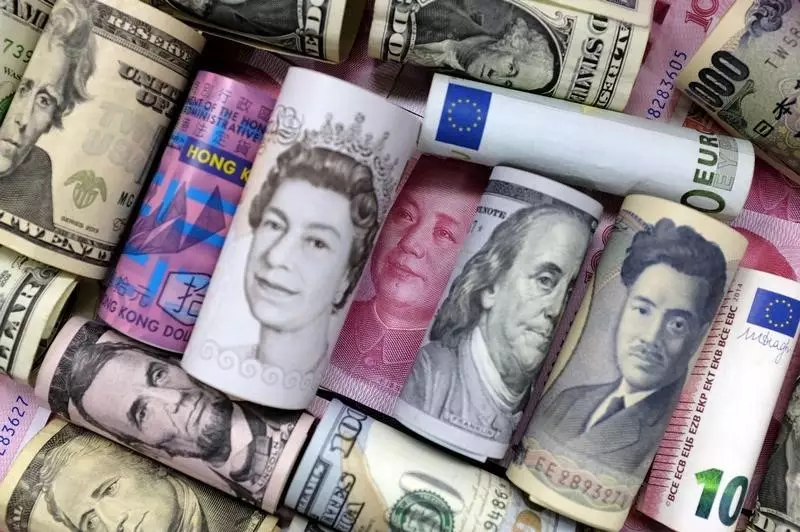The US dollar recently surged to a two-week high when compared to the euro as investors braced themselves for a week filled with significant data, notably the US payrolls report scheduled for release on Friday. This particular jobs report is expected to hold significant weight as it will influence the Federal Reserve’s upcoming decision on September 18. Federal Reserve Chair Jerome Powell’s recent comments hinting at potential interest rate cuts have added to the anticipation surrounding this report, driven by concerns about a weakening labor market.
One of the key focal points for investors leading up to the Federal Reserve’s meeting is the likelihood of an interest rate cut. With the CME FedWatch tool indicating a 63% probability of a 25 basis point reduction and a 37% chance of a 50 basis point cut, the possibility of such actions is being closely monitored. The market has already priced in a total of 100 basis points in cuts for the entire year, reflecting the sentiment that interest rates may be lowered to stimulate the economy.
As a result of this market anticipation and risk aversion, the euro experienced a decline against the dollar, dropping 0.24% to $1.1043 on Tuesday. Earlier in the trading session, the euro reached a two-week low of $1.1033, underscoring the impact of investors seeking safer assets amidst a broader sell-off in stocks and riskier currencies. The dollar, known as a safe-haven asset in times of economic uncertainty, benefited from this flight to safety, leading to its relative strength in comparison to other currencies.
The movement of the US dollar and euro in response to market anticipation of the US payrolls report and potential interest rate cuts reflects the delicate balance of economic factors at play. With investors closely monitoring upcoming data releases and central bank decisions, the currency markets are likely to remain volatile as market sentiments shift in response to changing economic conditions. As such, it is crucial for investors to stay abreast of these developments and adjust their strategies accordingly to navigate the dynamic landscape of the foreign exchange market.

